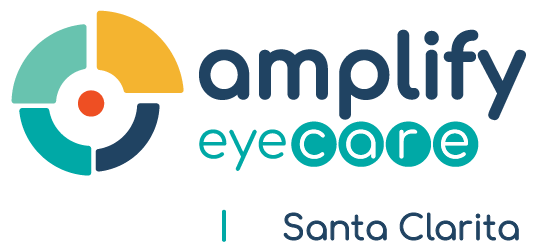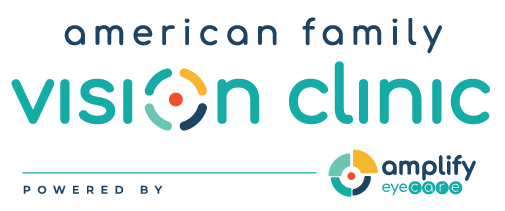The mainstay of amblyopia treatment is optimal refractive correction; significant
gains in visual acuity, beyond the immediate gains from simply eliminating optical blur, often occur with continued wear of the optical correction.
When patching is prescribed, it is reasonable to initially prescribe 2 hours of
daily patching for moderate amblyopia and 6 hours of daily patching for severe
amblyopia.
Atropine penalization of the sound eye or full-time wear of a Bangerter filter can
be prescribed for first-line amblyopia treatment or for patients who do not comply
with patching.
The upper age limit for amblyopia treatment is not established, albeit there are
generally greater gains in visual acuity if treatment occurs before 7 years of age.





